Introduction

TTArtisan has done it again. After previously remaking the legendary Meyer-Optik Görlitz Trioplan 100mm f/2.8—renowned for its distinctive soap bubble bokeh—they’ve now turned their attention to another iconic lens: the Big B, or more precisely, the Carl Zeiss Biotar 75mm f/1.5. This legendary lens, famous for its swirly bokeh, sharp centre, and 3D pop, has become something of a myth over time.
While TTArtisan has never claimed to have replicated the Biotar, the lens’s shape, mount choice, and, more importantly, its optical formula leave little to the imagination about what they have aimed to mimic.
The Biotar 75mm is often called the “Original King of Bokeh,” as the popular Soviet-era Helios 40 85mm f/1.5—known simply as the “King of Bokeh”—is rumored to be based on the Biotar’s design due to their similar optical formula.
Thanks to its unique optical characteristics, limited production, and beautiful bokeh, sharpness, and 3D pop, the Biotar 75mm f/1.5 became highly sought after, eventually turning into a collector’s item. Prices on the used market soared to between $1,500 and $4,500, depending on the version and condition. Now, let’s take a closer look at TTArtisan’s remake of this iconic lens!
![]() I tested this lens on a Nikon Zf.
I tested this lens on a Nikon Zf.
 You can see this review as a YouTube video here!
You can see this review as a YouTube video here!
Sample Images
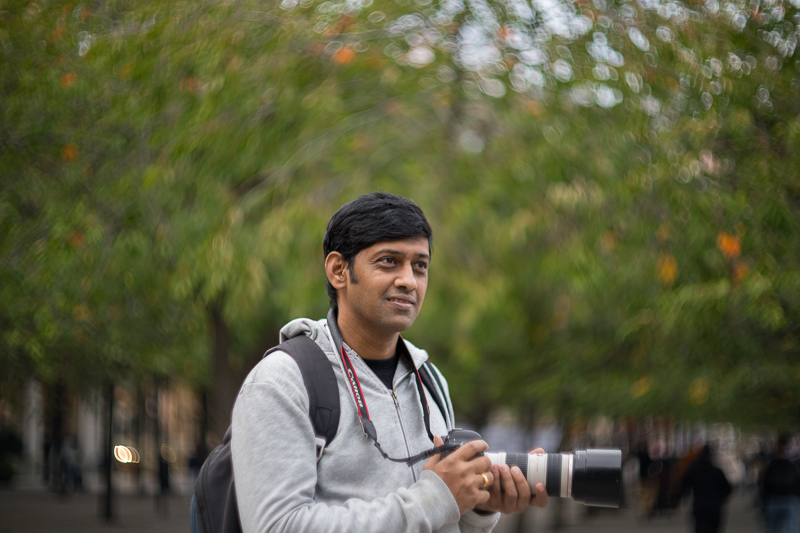
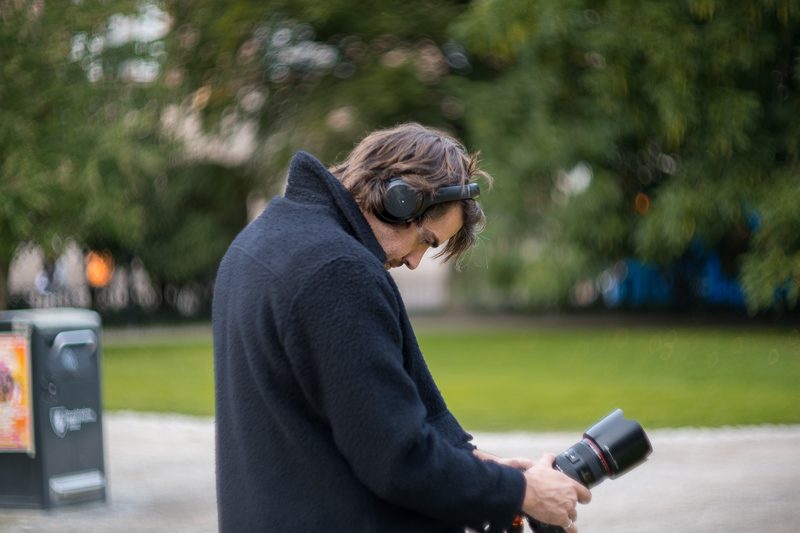








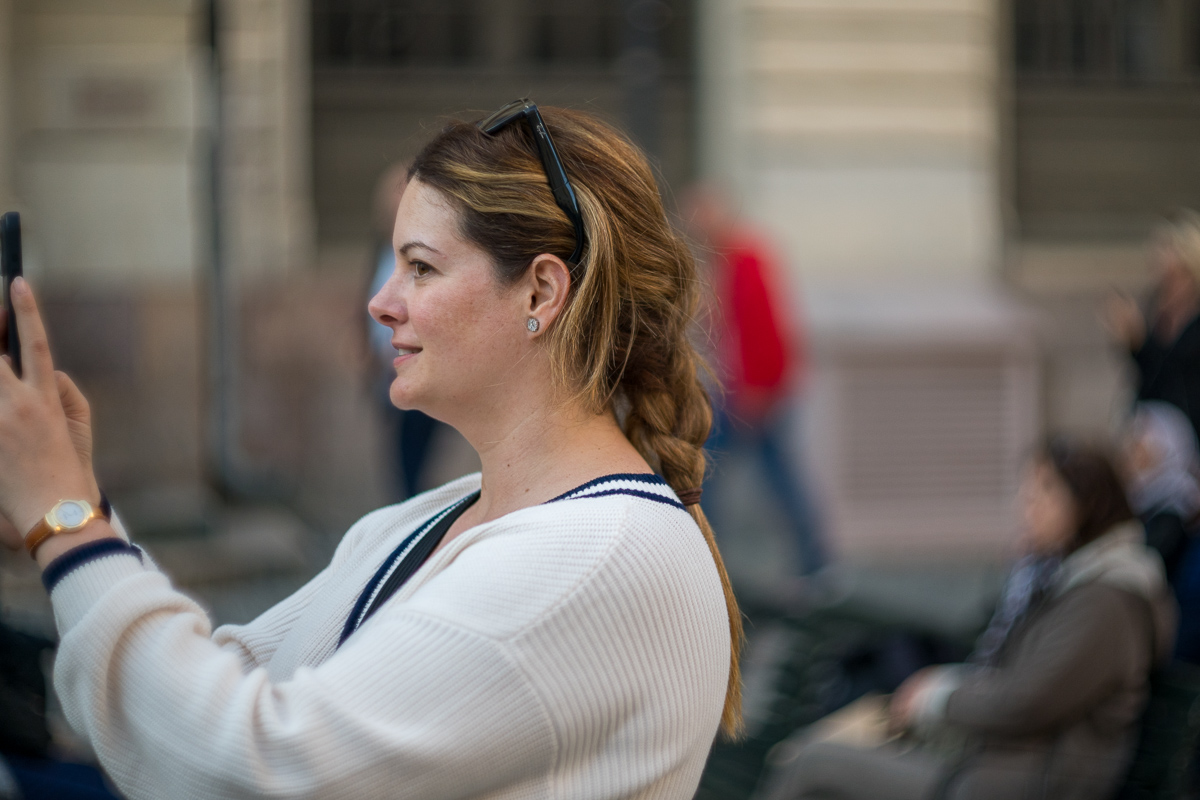
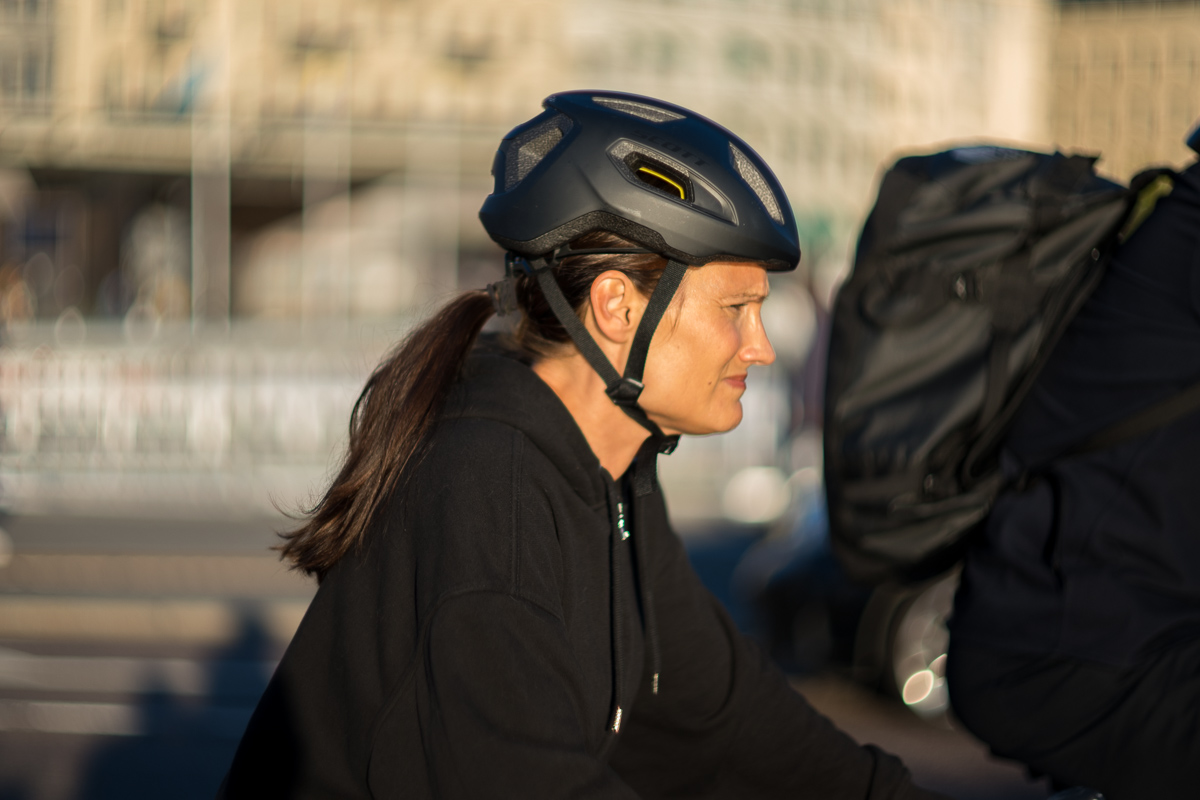
Most of the sample images in this review and many more can be found in higher resolution here.
| Buy new: TTArtisan’s Store, Amazon, for $269 (Affiliate links) |
Specifications
| Focal Length | 75mm |
| Angle of View | 32° |
| # of Aperture Blades | 13 |
| Max Aperture | f/1.5 |
| Min Aperture | f/16 |
| Min Focus Distance | 0.75 m |
| Filter Size | 58 mm |
| Lens Mount | M42 |
| Weight | Around 562-669 g |
| Size (D x L) | ≈ 77 x 76mm (at ∞) (measured) |
| Elements/Group | 6 x 4 |
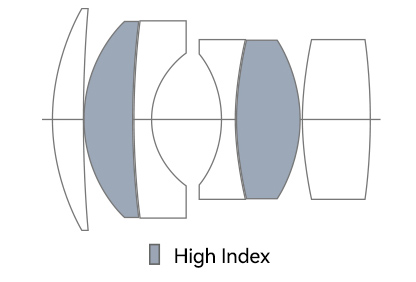
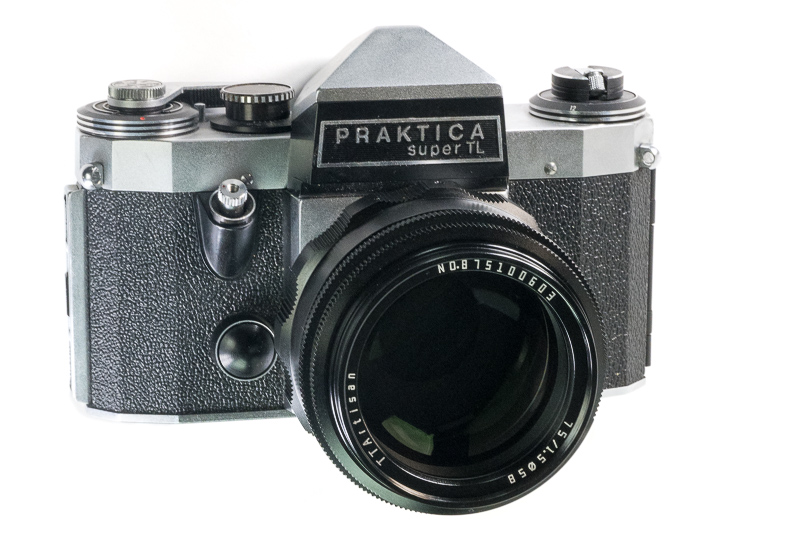
Disclosure
TTArtisan kindly provided this lens for test and review purposes.
Variations & History
The Biotar lenses were first designed as cine lenses in 1927, then adapted for 35mm cameras as a 75mm lens in 1938, and marketed in early 1939. However, not many were sold due to the outbreak of WWII in September of that year, and it appears that none were exported from Germany.
After the war, in 1946, a new second variant was designed, and finally, a third version was produced from 1952 to 1968. By 1965, Zeiss had developed the Pancolar 75mm f/1.4, which was considered optically superior, leading to the discontinuation of the Biotar 75mm f/1.5. But that lens is even rarer than the Biotar.

The first pre-war version came in EXA mount, the first series lacked anti-reflection coating, but got that during the war time and those ones have a red T on it, this version’s smallest aperture is f/16. The second version (post-war) had an M42 mount but also got Leica L39 and Praktina mounts and got f/22 as its smallest aperture, all of them are marked with “T”, meaning they are coated. The third version (“Fat” Biotar) got a hill/valley focusing ring, smallest aperture back to f/16 and also got an aperture preset mechanism. It came in Exakta and M42 mounts. All three versions have exactly the same optical formula.
Originally designed and marketed as a fast lens for professionals shooting sports and low-light events, it quickly caught the attention of photography enthusiasts and became popular for portrait work.

In 1955, the “Fat Version” of the lens was priced at $216.50 in the U.S., which is equivalent to approximately $2,250 in 2024—Very expensive for the era.
Meyer-Optik Görlitz revived the Biotar 75mm 1.5 in 2023, naming it Biotar 75 f1.5 II. It has the same optical construction with 15 aperture blades.
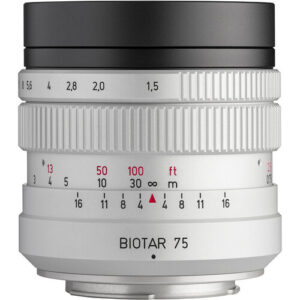
There was another crowdfunding campaign for a revival of the lens by the newly formed German company Oprema Jena in 2017. Unfortunately, the founder was seriously injured in an accident, and it appears that no lenses were delivered despite the funds raised.

Now, let’s focus on the TTArtisan 75mm f/1.5 lens in hand.
Handling and Build Quality
The TTArtisan 75mm f/1.5 is a fully manual lens and is completely made of metal and glass. The lens seems to be very well-built and relatively heavy for its size at about 565 g. Note that since it only comes with an M42 mount, you will need an adapter, which will add to the weight about 100-250 g, depending on the adapter. On the other hand, the same lens can be used on several camera systems with the right adapter, including Nikon Z, Sony E, Leica M, Canon R, Fujifilm, and more.
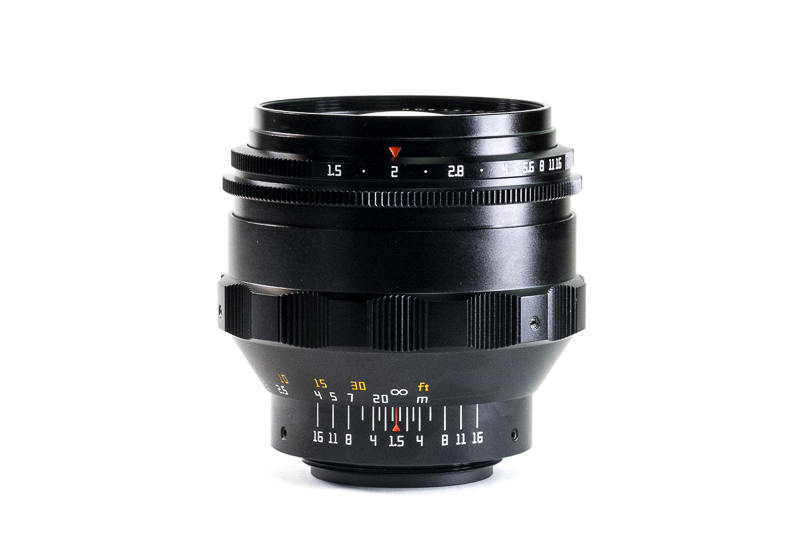
The aperture ring is positioned at the front, featuring variable distance click stops, like it was on the Biotar v3. From f/1.5 to f/5.6, it stops at each half-stop, and from f/5.6 to f/16, only at full stops, again as it was on the Biotar v3. What is different here is that the largest aperture value (f/1.5) is on the far left and f/16 on the far right of the aperture ring, but on the original Biotar it is the opposite way. Another difference is that on the Biotar there is an aperture preset mechanism, while there is none here, which is very good as there is no reason to have it anymore. If you want to know about it see my review of Helios 40 here. The clicks on the aperture ring are very smooth. The generously sized focusing ring, with a hill-and-valley grip, is a pleasure to rotate—smooth and well-damped, turning a massive 240°. The lens comes with stylish metallic front and rear caps, both to be screwed onto the lens

All markings—including aperture values, distance scale (in both feet and meters), depth-of-field markings, as well as the lens name and serial number at the front—are engraved and filled with paint. There is no image stabilisation or electronic contacts available on the lens.
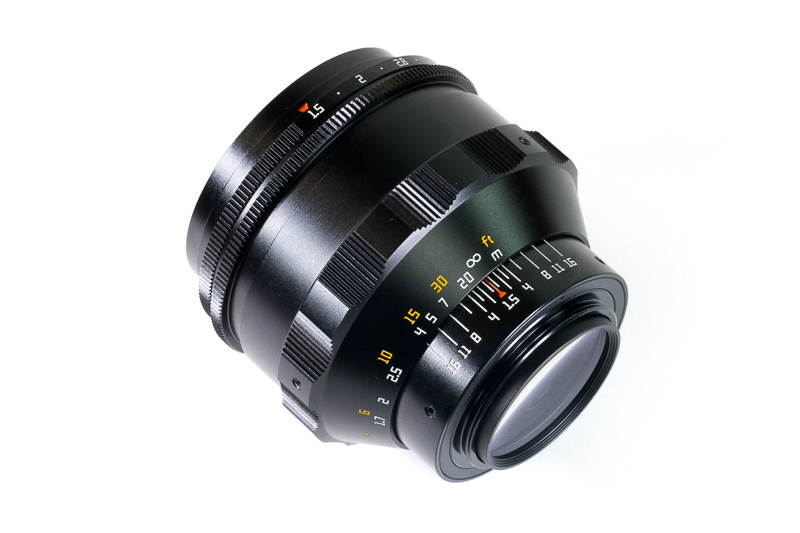
Although there is no visible weather-sealing gasket, the lens appears to be tightly assembled. The 13 rounded aperture blades are mechanically controlled by the aperture ring.

Optical Features

This lens has the same optical formula as the original Carl Zeiss Biotar 75/1.5 but TTArtisan has used two High-Index glass elements, which should give an edge to this lens ideally in sharpness, contrast, and vignetting. Let’s see!
Sharpness (Infinity)
For the infinity sharpness test, we look at three areas of the image, centre, mid-frame, and corner, see highlighted areas in the image below!
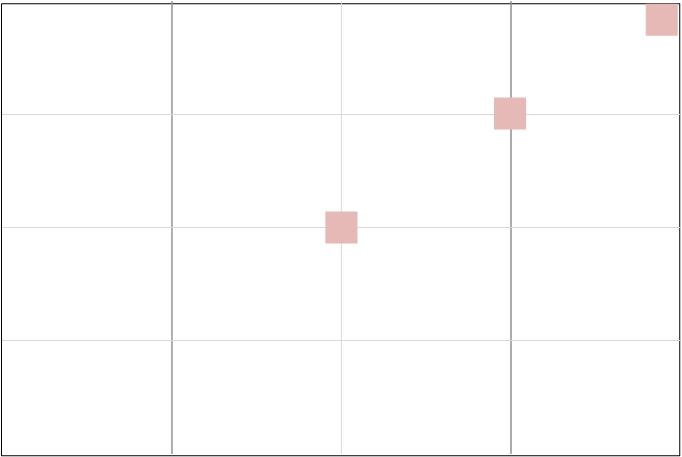

Wide open at f/1.5, sharpness in the centre is very good indeed. It improves when stopping down and becomes excellent at f/2.8 and smaller apertures. A noticeable decrease in sharpness due to diffraction occurs only at f/16.
Midframe and corner sharpness tell a completely different story. Both are soft to very soft at wider apertures. The midframe sharpness becomes good at f/4 and very good at f/5.6, with its peak at f/8. For corners to achieve good sharpness, you need to stop down to f/11, athough they never quite catch up to the level of sharpness in the centre or even the midframe.
Sharpness (Portrait)
Let’s look at the points of interest for portraits at the portrait distance: the very centre, the centre’s inner periphery (1/3 rule intersection), and the centre’s outer periphery (1/4th intersection).


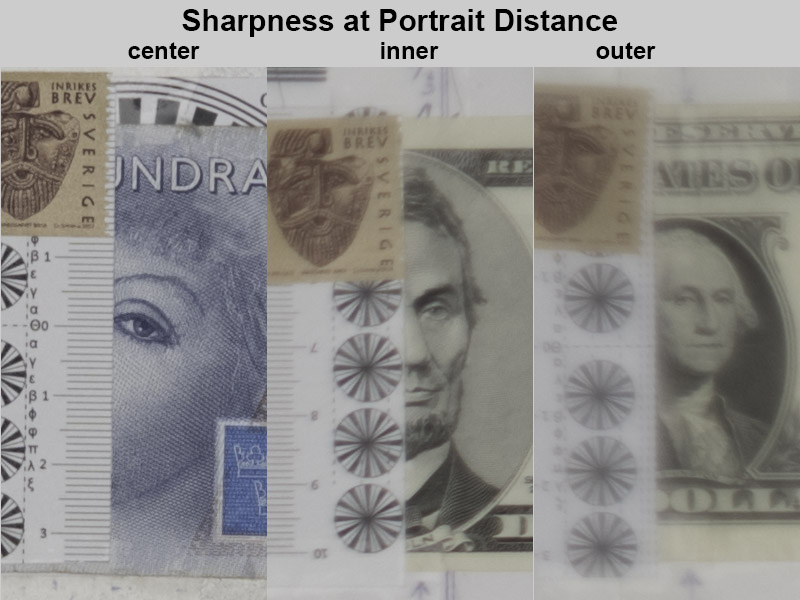

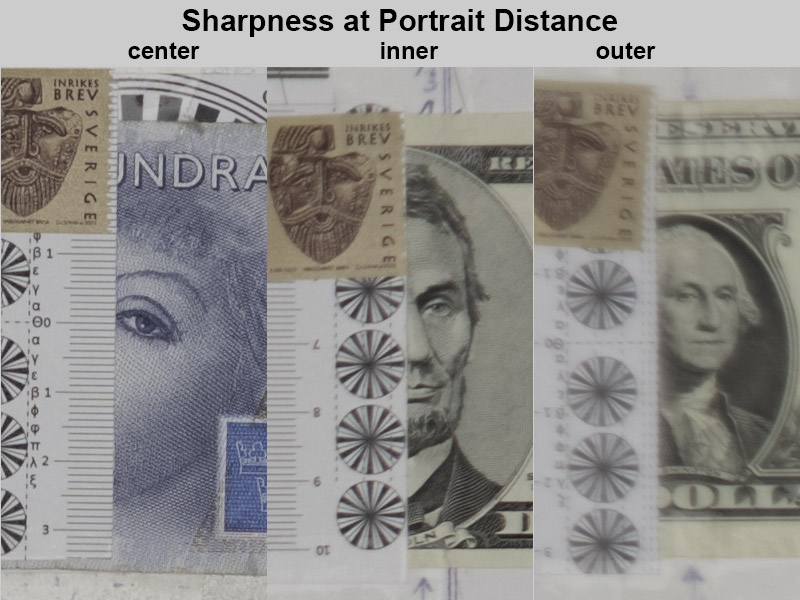

Wide open at f/1.5, at portrait distance, we can observe signs of spherical aberrations, a common issue in all lenses with large apertures like this one. The centre sharpness is good, the inner circle is OK/usable, and the outer sharpness is soft.
By stopping down just half a stop, a lot changes: spherical aberration is almost gone, centre sharpness becomes very good, inner circle sharpness improves to good, and the outer circle is better but still soft. Another half-stop to f/2 further improves sharpness across the frame. At f/2.8, we achieve excellent sharpness in both the centre and inner circle, while the outer circle reaches a level between good and very good.
Sharpness (Close-up)
At close up distance the spherical aberration shows itself at f/1.5, so the image seems to have a veil over it, at f/2 it is gone and we get very good sharpness. The sharpness becomes excellent at f/2.8, which becomes even better at f/4.
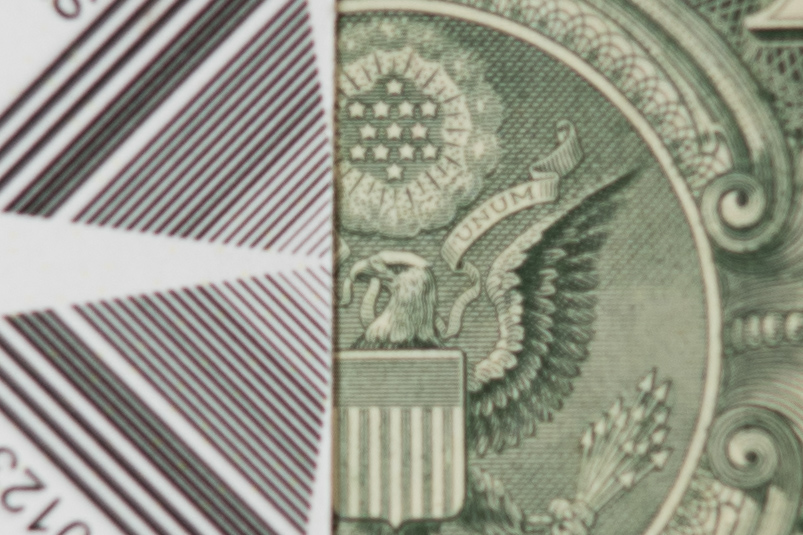
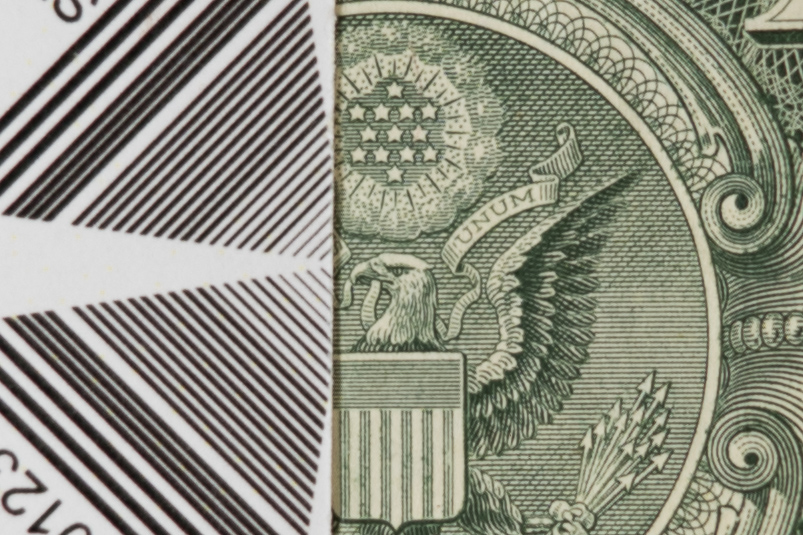


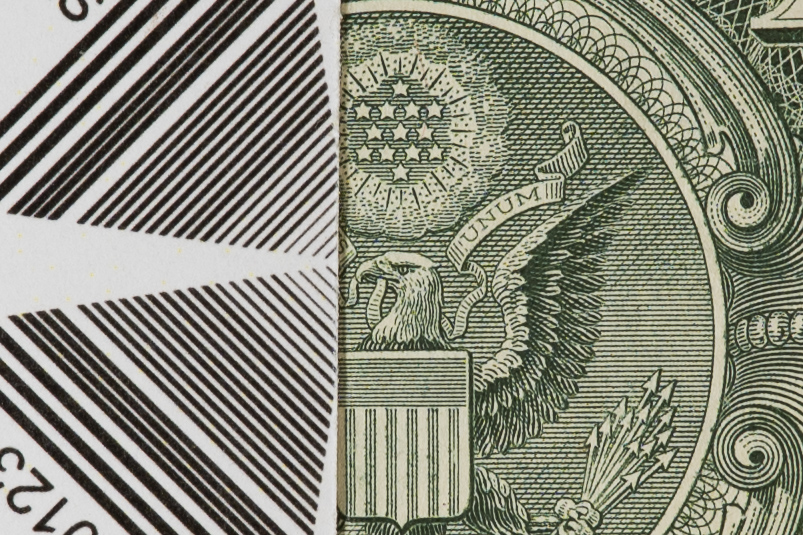
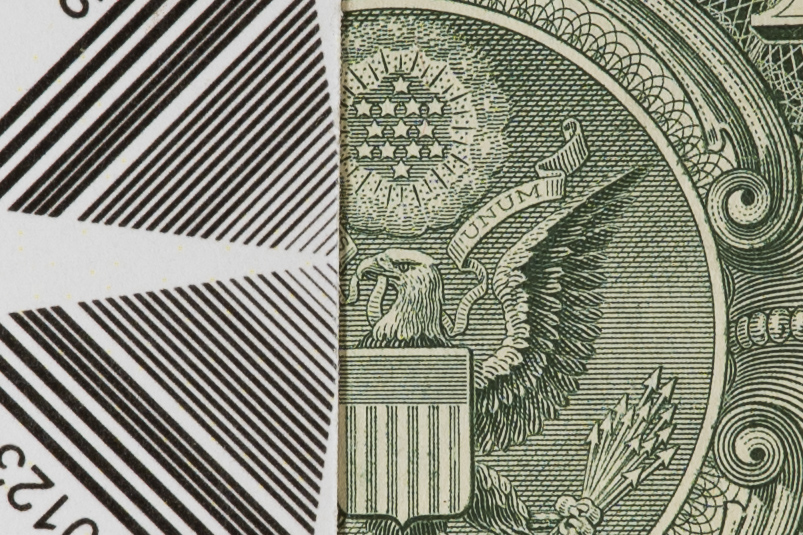


Lens Distortion
Very good performance here as there is almost no lens distortion visible.
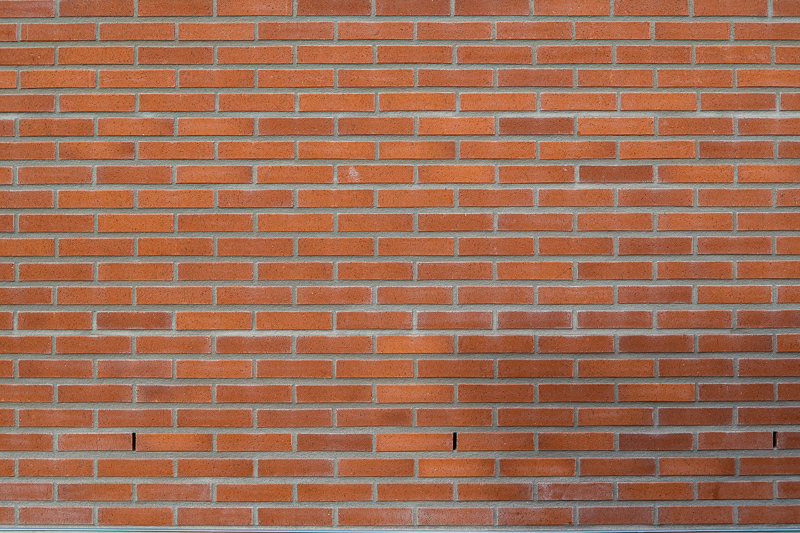
Vignetting
The vignetting at wide open is moderate, which is better than I expected. It improves to a low level by f/2 and becomes negligible by f/2.8. This is a relatively good performance for a lens of this speed, likely aided by the use of high-index lens elements. For comparison, wide open, it even outperforms the Leica M Summilux 75mm f/1.4, Voigtländer 75mm f/1.5 Nokton, and Voigtländer 75mm f/1.9 Ultron.
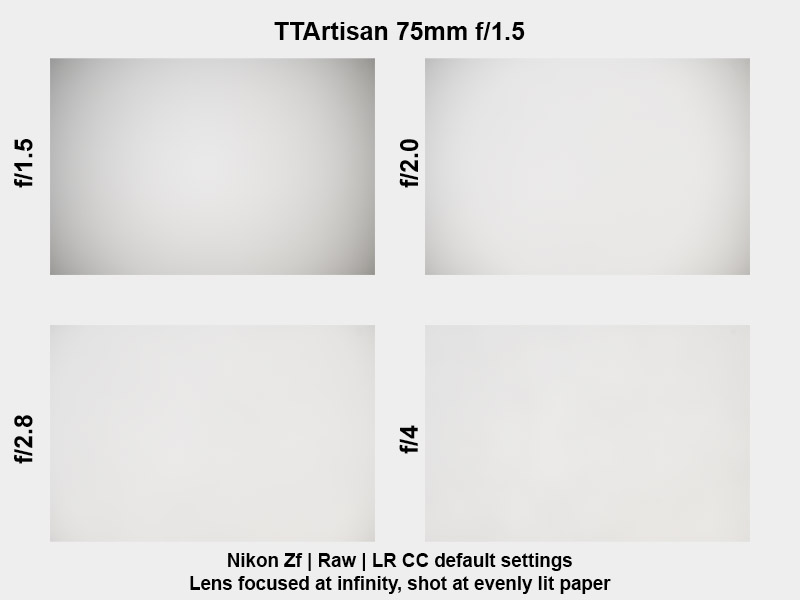
- F/1.8: 1.7 EV
- F/2.8: 1.1 EV
- F/4.0: 0.7 EV
- F/5.6: 0.3 EV
Focus Shift & Aberrations
In the following image set we can clearly see that there are both longitudinal chromatic aberration (LoCA) and focus shift, the latter due to the spherical aberrations mentioned earlier. The LoCA gets very low at f/4 and goes away at f/5.6.



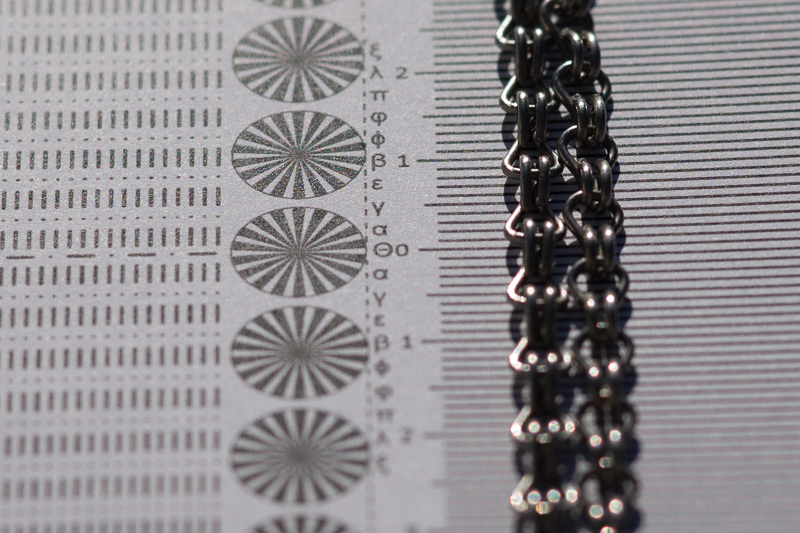

There is also some lateral chromatic aberration, though it’s not a major issue in most situations. When it is, you can easily fix it in post.
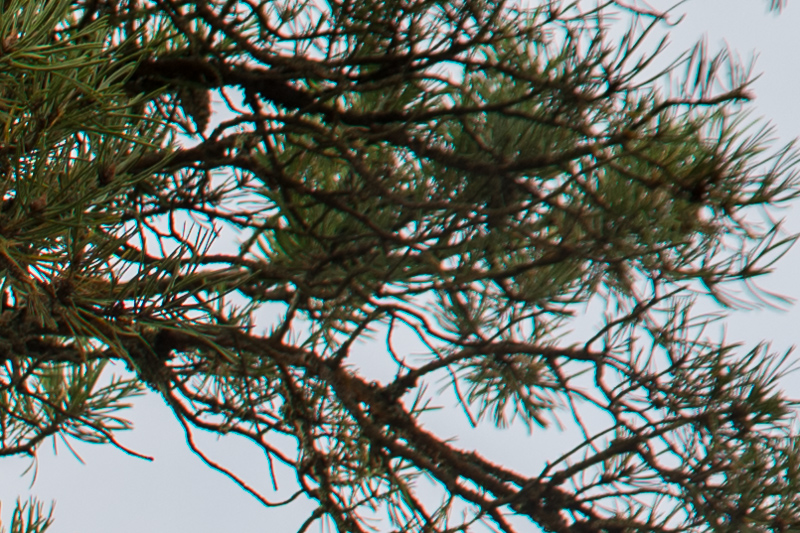

Flare Resistance
This TTArtisan’s flare resistance is not the best I have seen, but I must say that for being a remade of a very old lens I am surprised how well it handles the flare. While you can get both veiling flare and ghosting, they are far from the worst I have seen. In the following series you can see the worst cases I could produce in stress testing situations.
Coma
This TTArtisan suffers slightly from coma, which improves by stopping down, to get rid of it completely you need to stop down to at least f/4.5.

Sunstars
This TTArtisan can produce sunstars despite 13 rounded aperture blades. Although, only from f/8 they become somewhat distinct and even then they are not among the most attractive sunstars I have seen, but that is a subjective matter. Have a look and see how you like them.
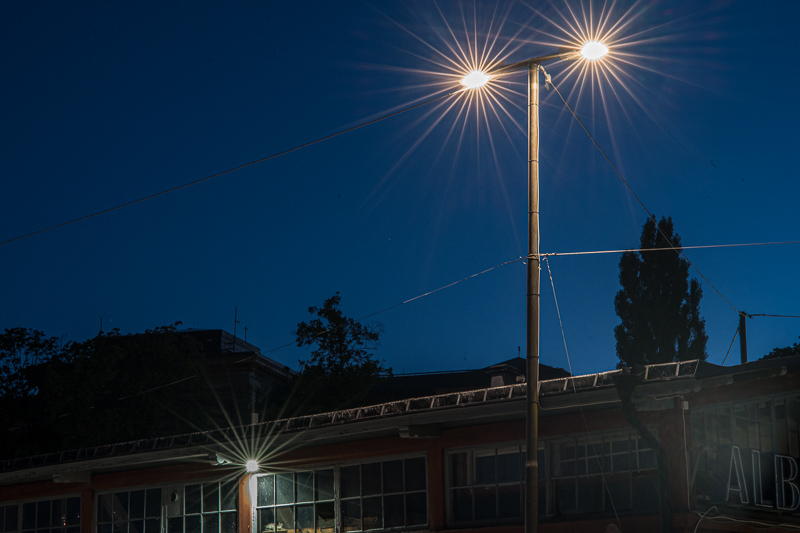
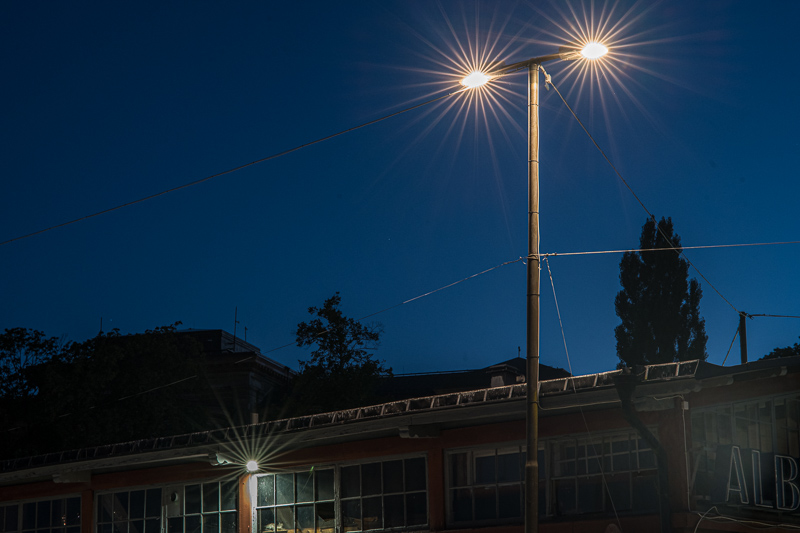
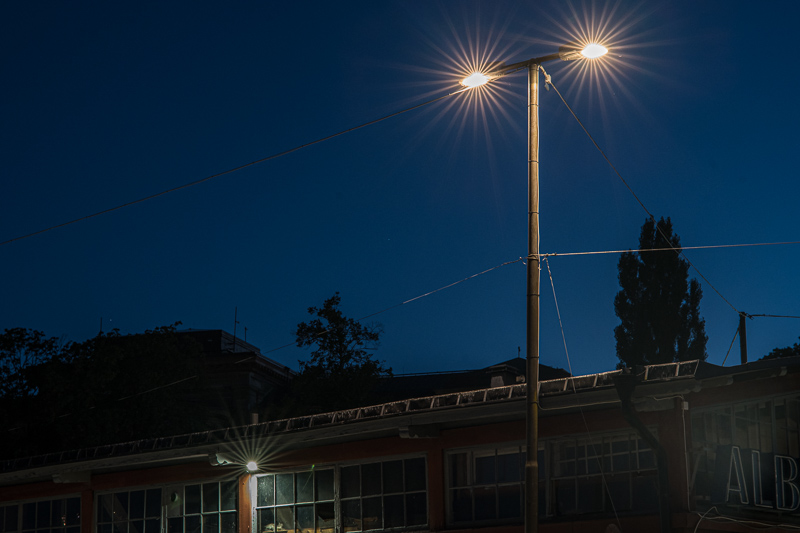
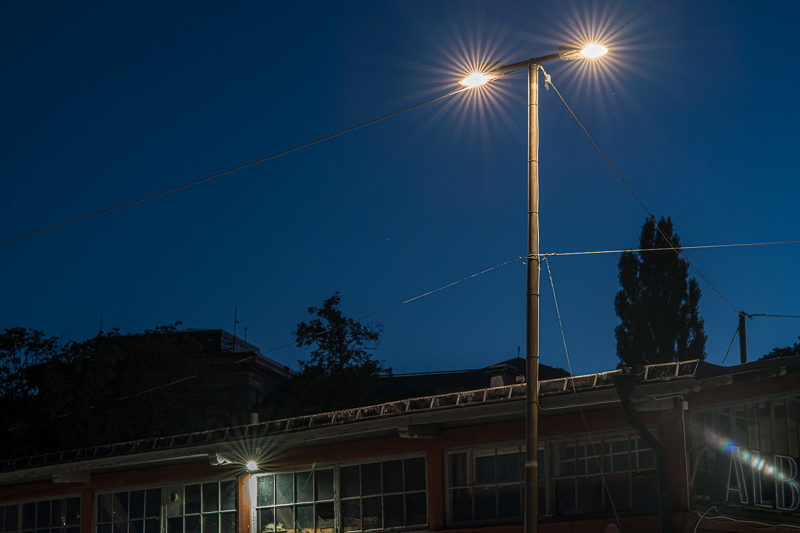


Focus Breathing
Unfortunately, the TTArtisan lens has noticeable focus breathing, which is a drawback for videographers. While its rendering is popular among videographers, this issue can be frustrating for those seeking consistent framing.

Bokeh
The most important and intriguing aspect of this lens—and likely the reason most readers are here—is its unique bokeh. First, it’s important to recognize that the beauty of bokeh is highly subjective and truly in the eye of the beholder. This is especially true for the bokeh produced by this lens. While some may dislike its distinct style, many have fallen in love with it, often paying a premium to own a lens with such a characteristic. I believe this is the main reason why there have been numerous attempts to recreate this lens, leading to its cult-like following—and why TTArtisan has made their version (in my opinion). For this reason, I’ve included more images than usual in this section so you can better see the bokeh rendering of this lens.
Let’s have a look at the bokeh itself.
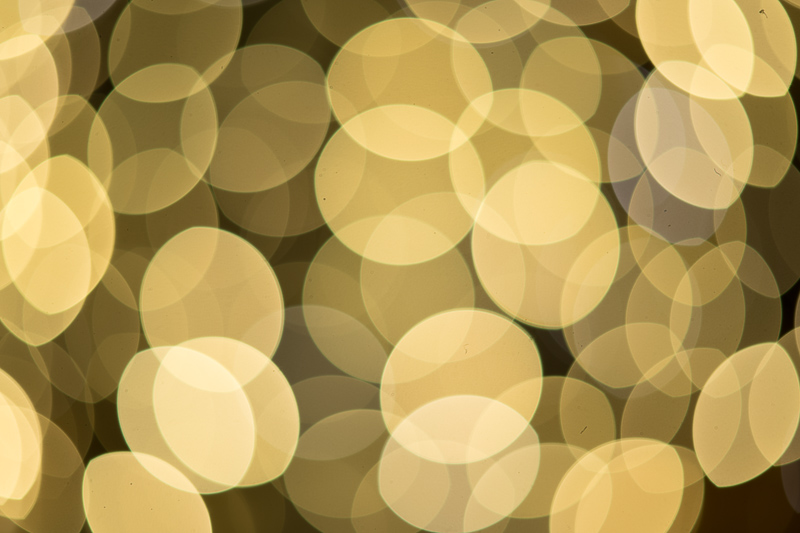
The bokeh balls are evenly lit, without any patterns inside and the transitions are soft, but you can see some color fringing at the edges, due to the chromatic aberrations. It is near MFD, but you can clearly see cats eye shapes near the edges and corners and some of the swirl. Normally, in real life you don’t get much swirl at this distance. Let’s back off a little.
Here, you can more clearly see the swirl effect at f/1.5. The 13 rounded aperture blades keep the bokeh balls round and nice when you stop down the lens, that is great. Although, the swirl disapears from f/2.
Let’s look at the background blur and bokeh in real life situations!
Near Minimum Focusing Distance
If you are close enough, near the minimum focusing distance, the background is rendered into a creamy, super-soft blur, beyond any recognition.


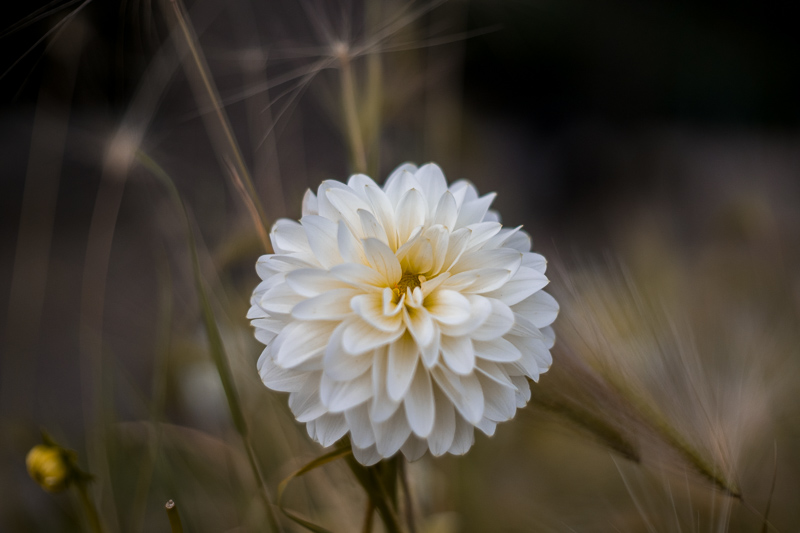

Close Distance
Here is where the magic begins. Here not everything is just soft beyond recognition, but not far from either. At the same time you’ll get the 3D pop that this lens also is known for.
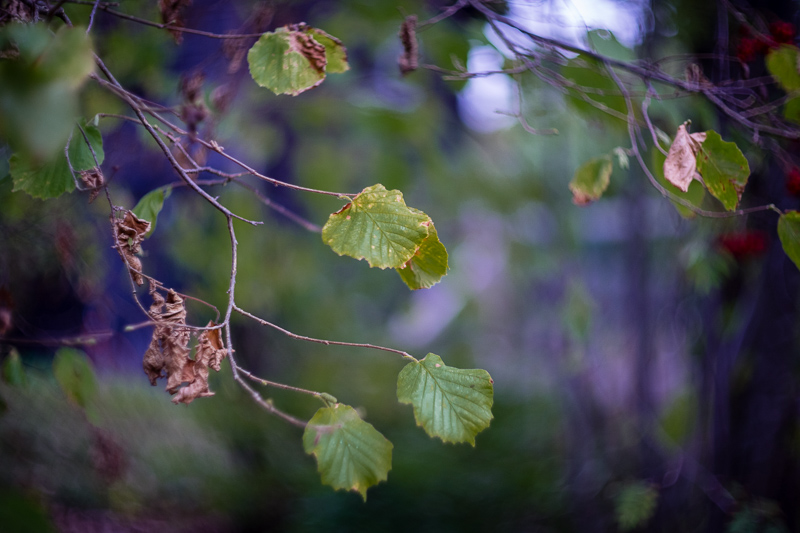


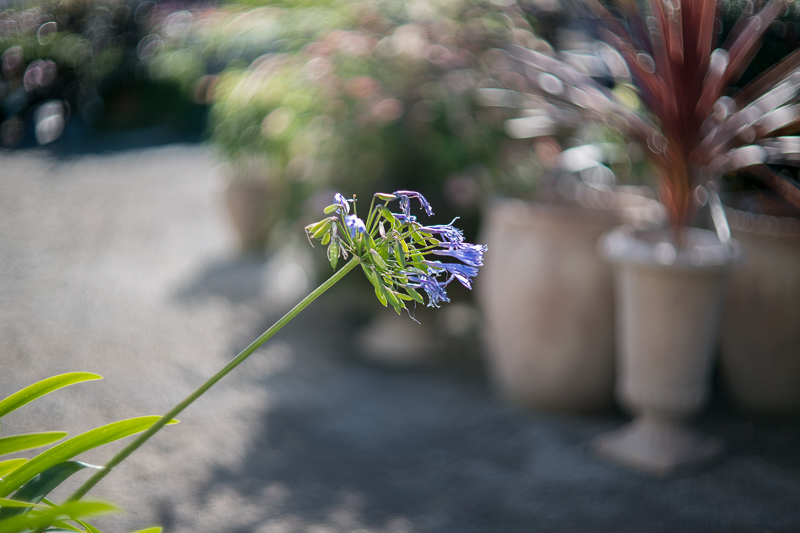

Medium Distance
At medium distances, the lens delivers an even more intense boost of what you could get at close distances—almost like it’s on steroids. Its signature 3D pop really shines, and if the conditions are right, you’ll also achieve the famous swirly bokeh. The 3D effect here differs from other fast lenses that rely solely on shallow depth of field for background separation. It’s not just the shallow depth of field, strong background blur or the swirl that creates this effect; rather, it’s the combination of these factors—sharpness concentrated in the center, a touch of spherical aberration, and subtle background elements—that produces the overall impact.

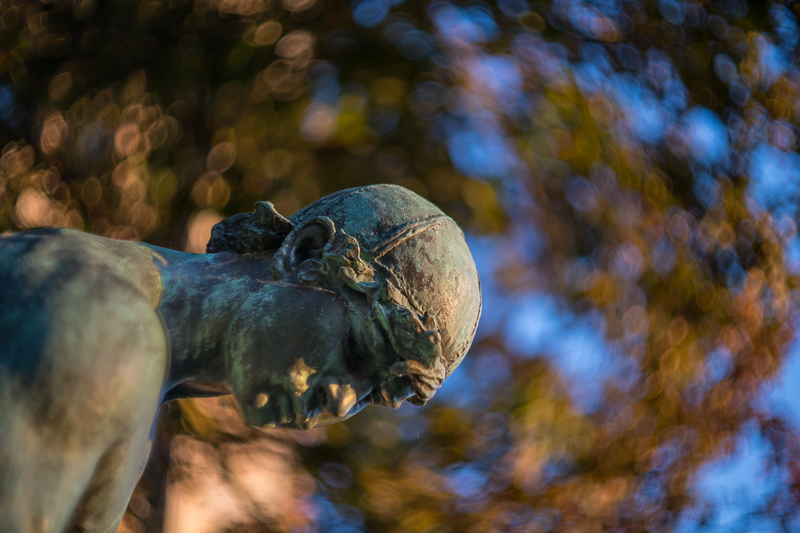


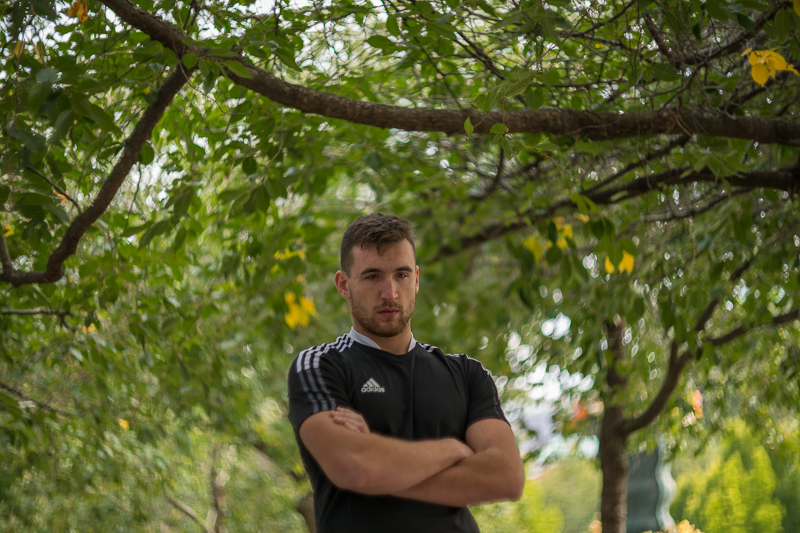
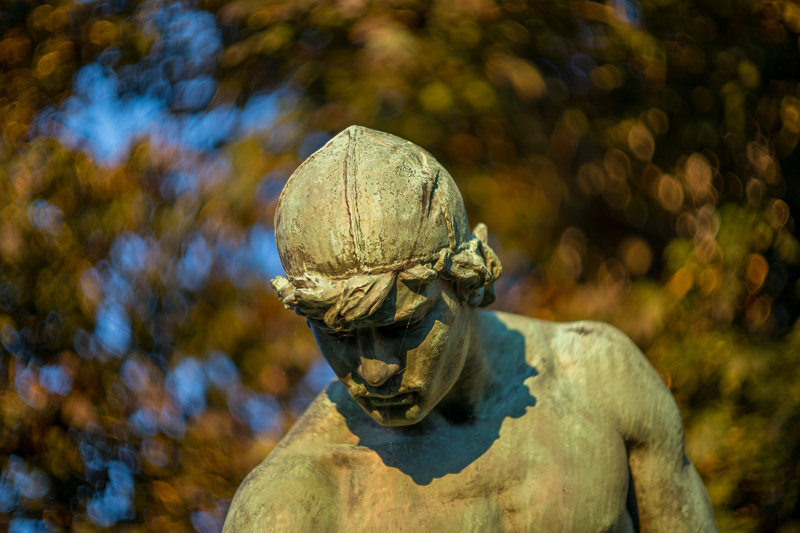
Long Distance
Here you will get some vintage lens background blur, but not too disturbing, although, with some character.
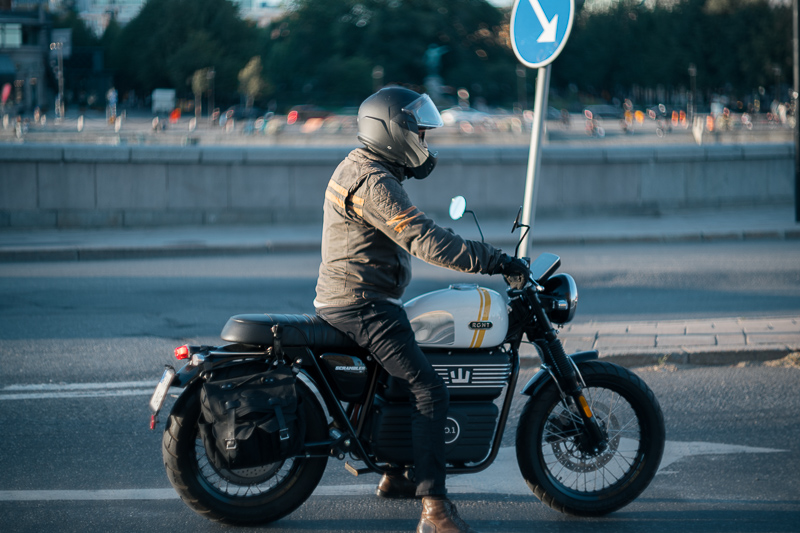

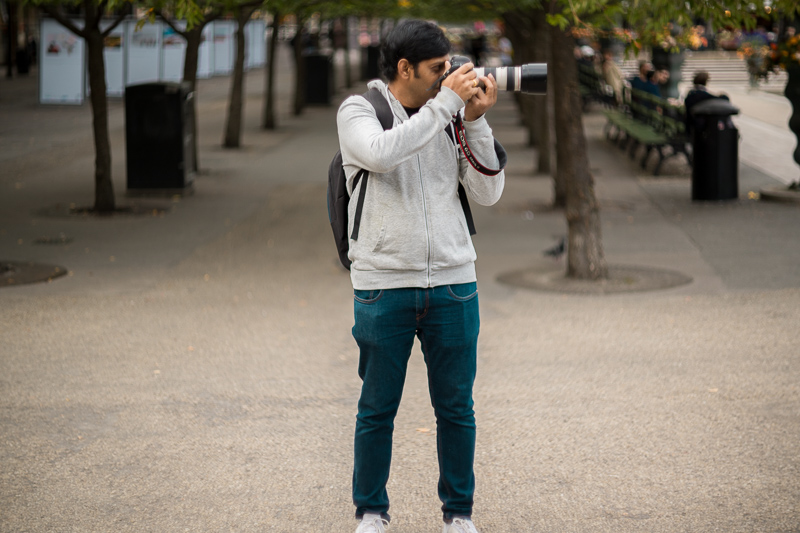
Conclusion
| I LIKE | AVERAGE | I DON’T LIKE |
| Bokeh Background separation Centre sharpness Overal sharpness stopped down Price Handling & build quality Distortion correction Vignetting control |
Aberrations Coma correction Flare resistance |
Focus breathing Lack of electronic contacts |
This is a character lens, appreciated for what it is—one with unique and specific characteristics based on an old design from photography’s romantic eras. If it aligns with your taste, you’ll love it. If not, you’ll likely find it unappealing. There’s little room for middle ground or lukewarm feelings with a lens like this.
It’s important to note, as attractive rendering as it has, this is not an everyday lens or a substitute for your professional wedding or portrait lens, though it can be a delightful addition to a portrait or wedding portfolio. Additionally, it shouldn’t be overlooked for other genres; when stopped down, it can produce stunning images in travel or landscape photography, each with its own unique character, as demonstrated in the sample photos here.
If you appreciate this kind of image rendering and/or have always had your eye on the big B but hesitated due to its steep price—or considered the Helios 40 but were uncertain about finding a good copy—this is definitely a lens you should consider. You’ll get a brand new lens, with a warranty, better in some aspects, and at a much lower price than either of the options mentioned.
Writing articles like this one is both time-consuming and costs us a lot of money. If you found this article helpful and decided to buy one of these lenses, please consider using one of the affiliate links.
If you are not interested in buying any of the lenses, but you still found this article useful, interesting, or it saved you a lot of money, treat us to a coffee (donate)!
| You can buy this lens only at one the following three places (Cheapest on TTArtisan’s store)
Buy new: Buy new: TTArtisan’s Store, Amazon, for $269 (Affiliate links) |
Alternatives
Zeiss Biotar 75mm 1.5
The most obvious alternative is the original Biotar. The lens that has been the model for the design the reviewed lens. See description in History section of this review.
Buy used: ebay.com, ebay.de, ebay.co.uk, ebay.fr, ebay.com.au from $1500-$5500 depending on version and condition (Affiliate links)
Helios 40
Soviet built lens with a focal length of 85mm, f/1.5 as its largest aperture, and 10 straight aperture blades. Optical formula is very similar to, if not exactly as, the Biotar, with M39 mount. It has a fixed screw socket, a coating that gives greenish/yellowish cast. It is larger and at about 1 kg much heavier, and more expensive than the reviewed lens.
Buy used: ebay.com, ebay.de, ebay.co.uk, ebay.fr, ebay.com.au about $350-$500 (Affiliate links)
Helios 40-2
The most obvious alternative to the original Helios 40. Same optics and characteristics, made in the same factory as the Helios 40, but about 100 g lighter, with M42 mount, tripod clamp instead of fixed screw socket, a more neutral coating, and not as old as Helios 40. This is a better choice than original Helios 40, but is a little more expensive. Also, if it was not for the Ukraine war you could buy this lens new as Zenit makes this lens even today. It is available (in Russia) with M42, Nikon F, and Canon EF mounts for €290, but on eBay the price for a used one is north of €420.
Buy used: ebay.com, ebay.de, ebay.co.uk, ebay.fr, ebay.com.au about $420-$750 (Affiliate links)
MOG Biotar 75 f1.5 II
A revival of the original Biotar 75/1.5 by Meyer Optik Görltz in 2023. So, it is built with modern technology and of modern produced materials (Like the reviewed lens). This, according to the manufacturer, has improved sharpness and contrast with the same original imaging characteristics, being the high image sharpness in the centre, coupled with a strong swirly bokeh.
Buy used: ebay.com, ebay.de, ebay.co.uk, ebay.fr, ebay.com.au about $ (Affiliate links)
Buy new: Meyer Optik Görlitz €1400
New Petzval Art Lens 85mm f/2.2
A85mm f/2.2 lens based on the original Petzval lens (originally 160mm) designed by Joseph Petzval in 1840 as the very first portrait lens for 35mm cameras. The New Petzval was a revival by Lomography in 2013. It has one of the most swirly bokeh effects, for which the lens was famous and therefore, before the term swirly effect was invented, it was known as the Petzval effect. It is available in Canon EF mounts for €650
New Petzval Art Lens 80.5mm f/1.9
As the previous lens but in 80.5mm focal length and available with both Canon EF and Nikon F mounts. Price from €494
More Sample Images

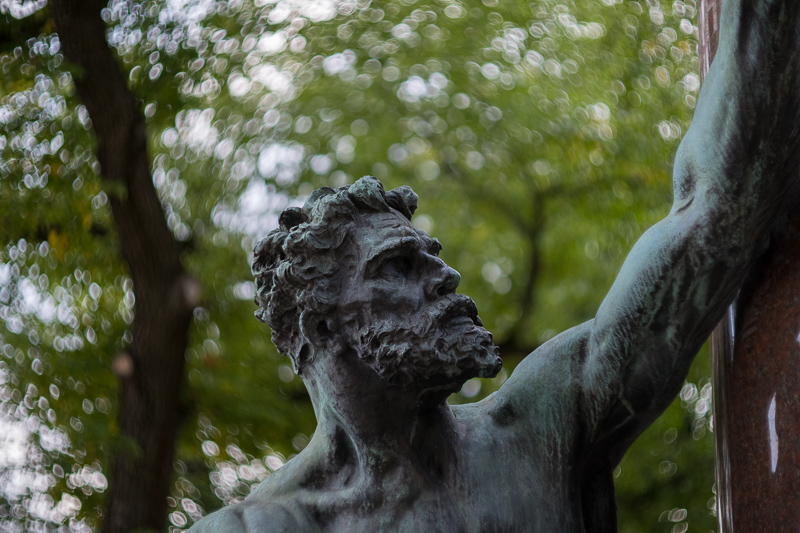

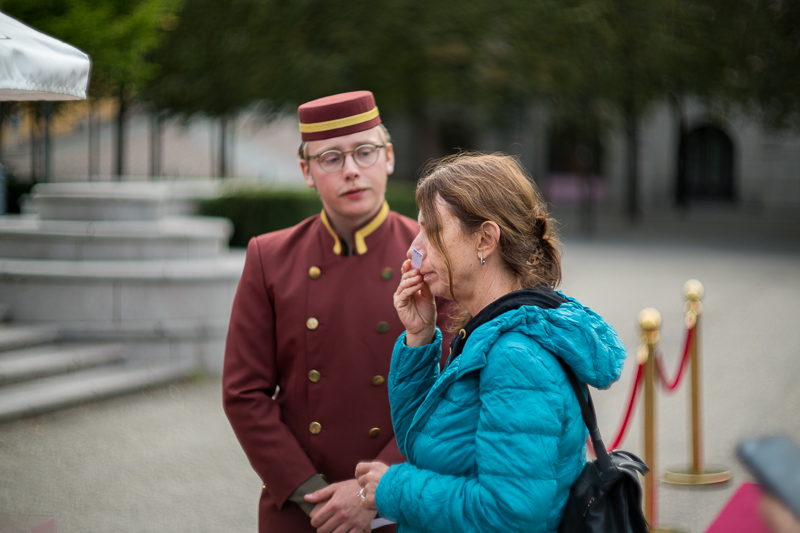





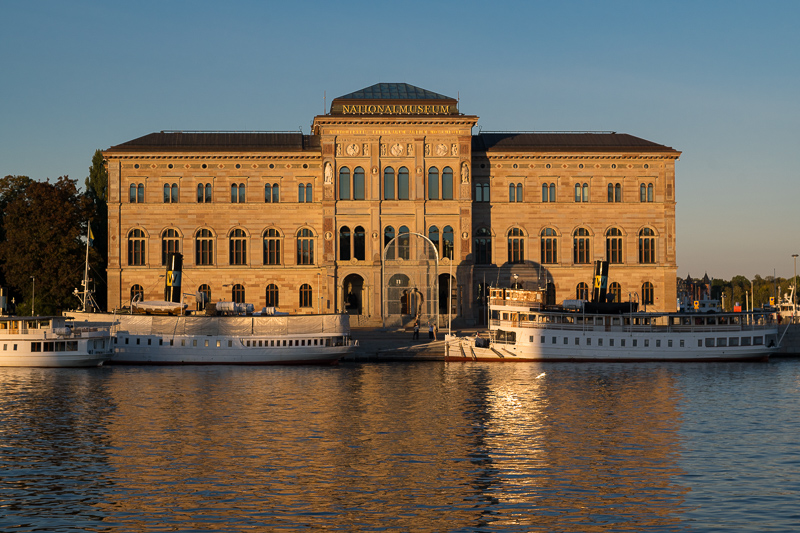

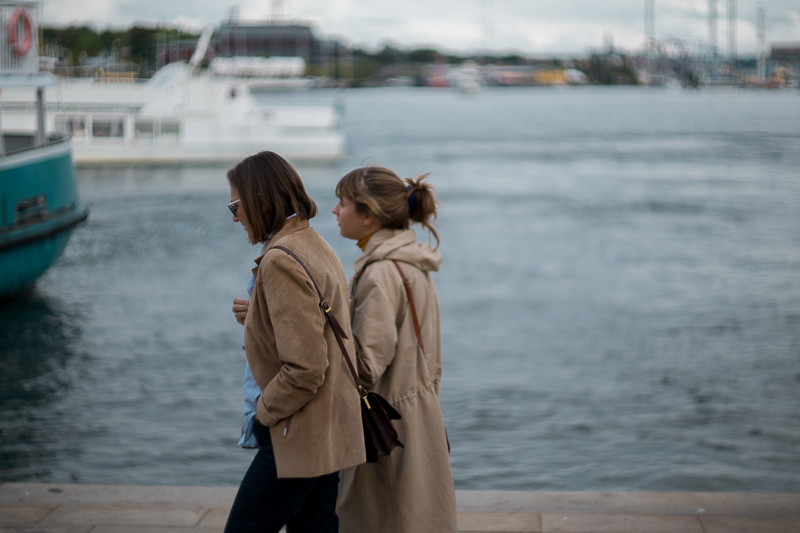
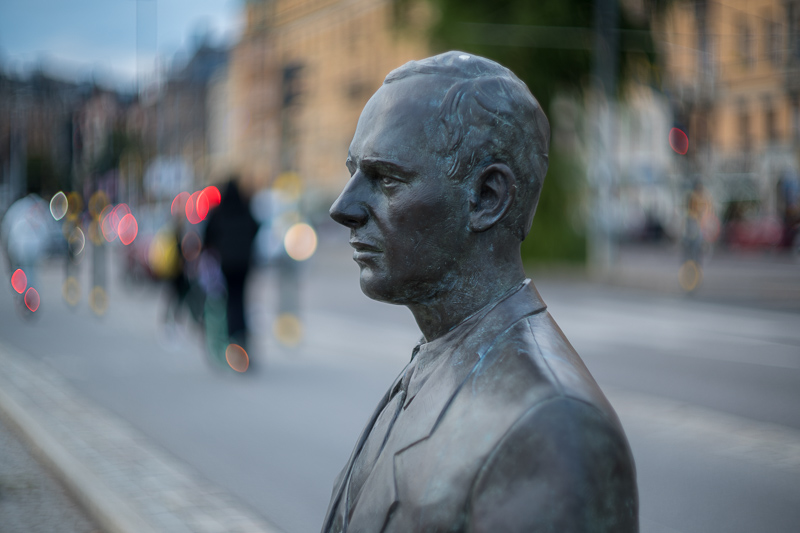


Most of the sample images in this review and many more can be found in higher resolution here.
Further Reading
- What camera gear and accessories do I use most frequently?
- KMZ Helios 40, 85mm f/1.5 – Can the Legend Live up to Its Reputation?
- Review: TTArtisan 100mm f/2.8 – A modern and affordable Trioplan?
- REVIEW: CANON FD 85MM 1:1.2 S.S.C. ASPHERICAL
- REVIEW: NIKON NIKKOR-P 85MM 2.0 RF
Support Us
Did you find this article useful or did you just like reading it? It took us a lot of time and money to prepare it for you. Use the Donate button to show your appreciation!
![]()

(Donations via Paypal or bank card)
This site contains affiliate links, for which I may receive a small commission if you purchase via the links at no additional cost to you. This helps support the creation of future content.
What’s in my camera bag? MY 2024 KIT!!
- Main camera : https://amzn.to/3TsGtKg
- Camera grip : https://amzn.to/4e0G3CR
- Memory Card 1: https://amzn.to/47pA20i
- Memory Card 2 : https://amzn.to/3XHYxlZ
- Camera 2 : https://amzn.to/3Xifou8
- Camera grip: https://amzn.to/4dYYpV9
- Memory card 1: https://amzn.to/4e5h2H0
- Memory card 2: https://amzn.to/3zu7W7n
- Small travel tripod: https://amzn.to/4goIX68
- Mini tripod: https://amzn.to/4e09XXX
- Small shoulder bag: https://amzn.to/47tPMiY
- Medium shoulder bag: https://amzn.to/4ej4bjY
Martin
Latest posts by Martin (see all)
- Analogue Photography: Part 4 – Ilford HP5 Plus at a Historical Engine Factory - December 3, 2025
- REVIEW: 7Artisans AF 10mm f/2.8 (APS-C) - November 30, 2025
- REVIEW: 7Artisans AF 35mm f/1.8 - October 15, 2025
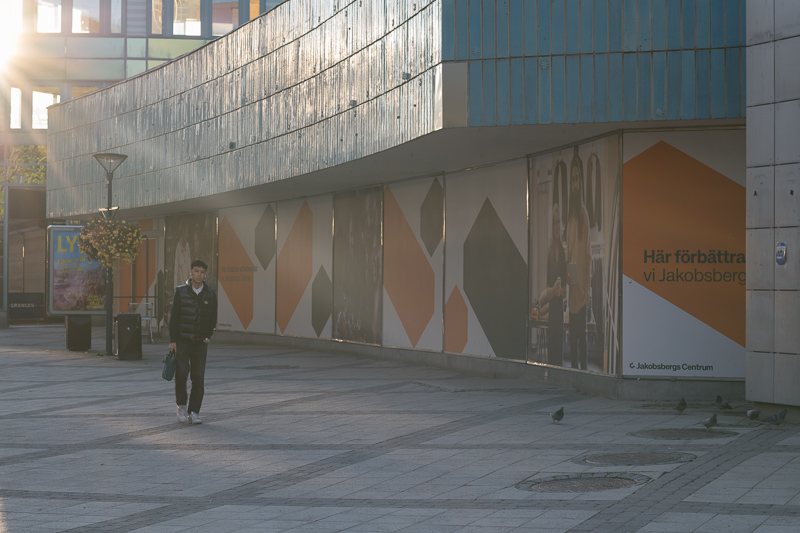

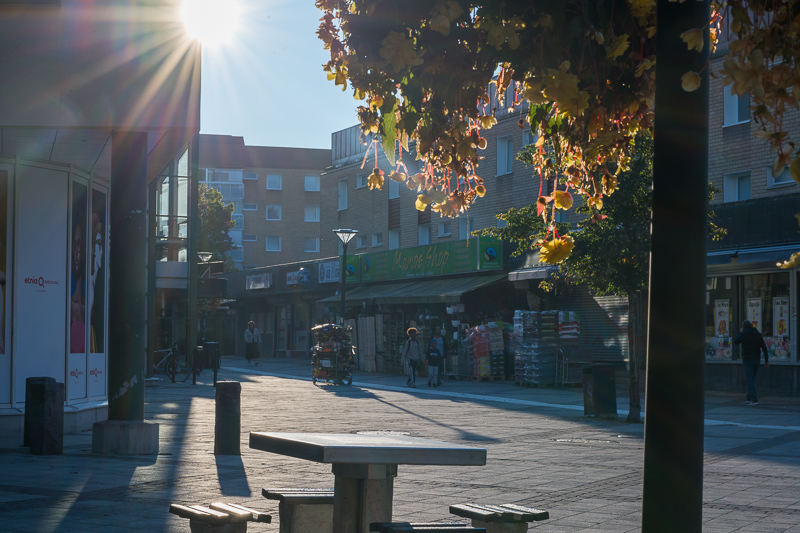

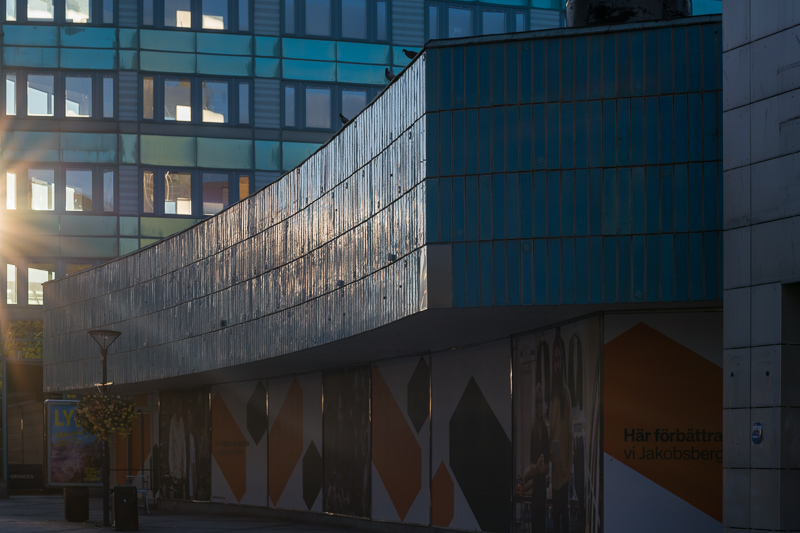
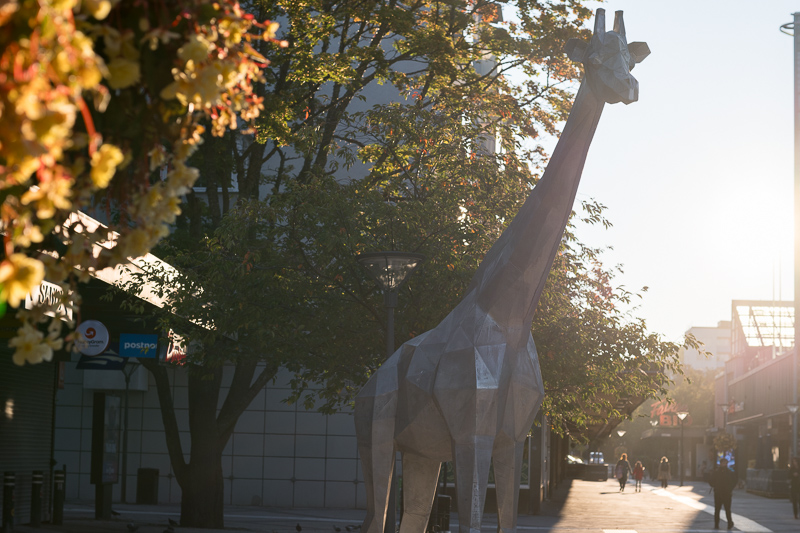
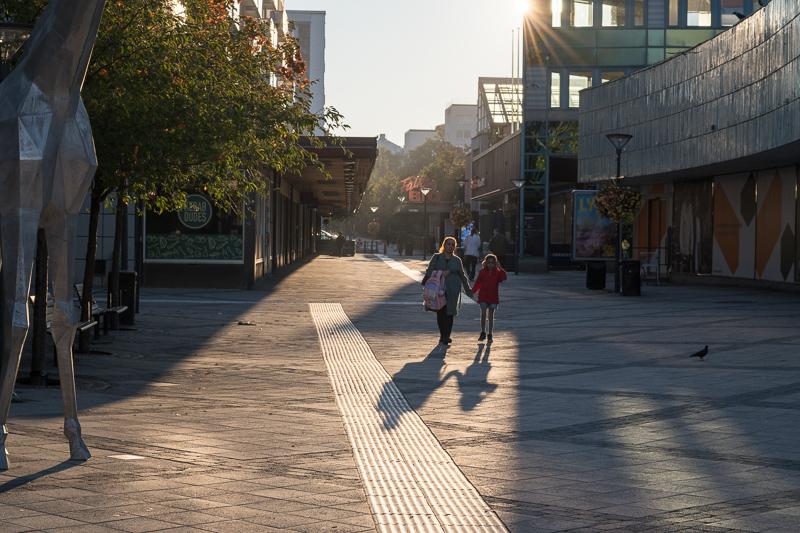
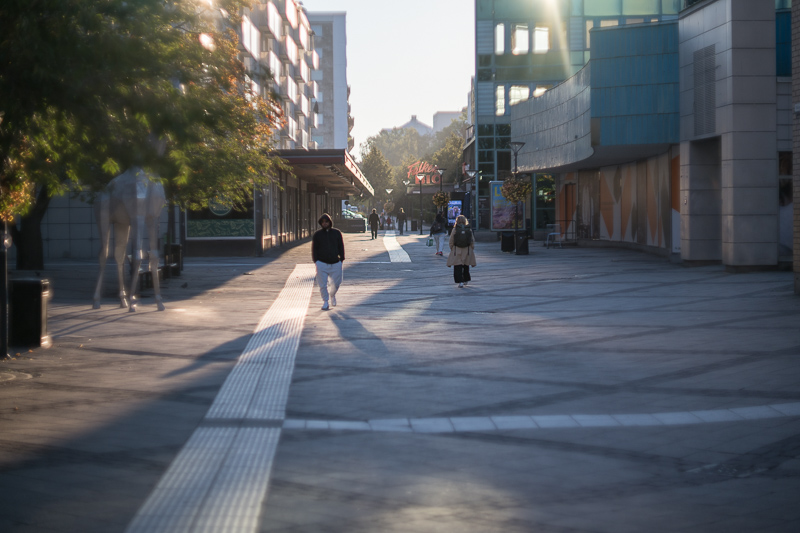
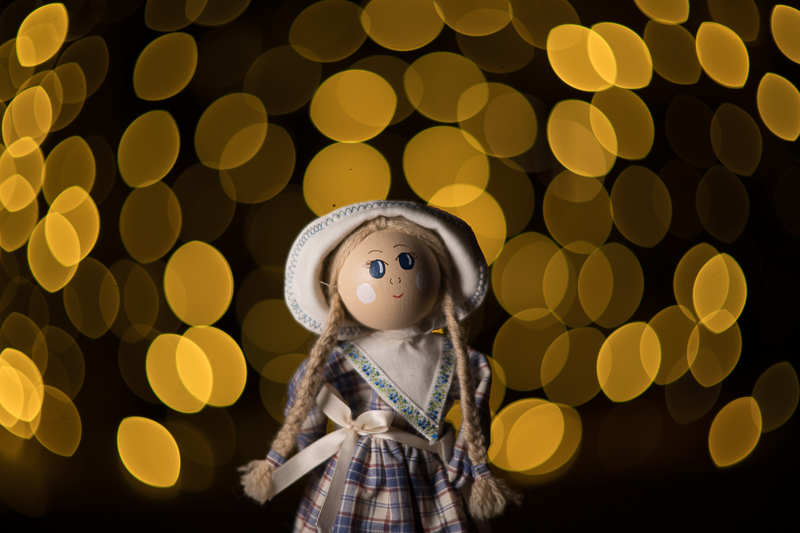



Will a Leica M-mount version be available soon in the future?
I don’t think so.
https://ttartisan.store/products/ttartisan-75mm-f1-5
Found this…looks like M-mount version is coming soon.
Interesting. I’ll check with TTArtisan and will update if there is any info about this.
Hi Martin, did you receive any feedback on the M-mount version from TTartisan?
Yes, it’s planned to add an M mount, but there’s no time frame, there is not even a pre-production copy available yet.
That’s great to hear, thanks for reaching out to them!
I don’t get it. For several years I owned and used an original Carl Zeiss Jena 75/1.5 Biotar — the rare rangefinder-coupled L39 version — and while it definitely had a distinctive image quality, the bokeh was NOT “swirly” at all. I wonder how this legend arose. Obviously TTArtisan has gone all-in on the swirly look and seems to have nailed it, though.
The swirl does not appear out of the blue and you cannot make thin air swirl.
The conditions must be right, as you can see in the majority of my sample images there is no swirl at all, you have to work hard with the composition consciously and with the aim of getting the swirl. Even then, you may not succeed to get the swirly bokeh.
That’s good to know. I liked the general imaging of my original Biotar but am not interested in swirly bokeh, so it’s nice to know it only appears when provoked. Fingers crossed that the M-mount version is real!
curious how well this works on Fuji (or apsc on general). With the Helios 44-2 you certainly miss out on a lot of the swirl that is then outside of the image circle.
For me my Viltrox 27 and 75 1.2 are the swirly bokeh lenses for my Fuji. That’s the best thing about them. I thought this might be a smaller option, being MF only, but it seem TTattisan is continuing its definition of high build quality to mean carved out of a lump of solid steel. Would still give it a try if I knew I had a chance of achieving the effect well enough on the cropped sensor.
Well, the swirl will certainly be less on an APS-C sensor, not sure if it too much or acceptable.
I have the Viltrox 27mm too, never tried to get swirly bokeh with it though.
I can try this lens on my APS-C sensor and do the same with Viltrox 27 for a comparison when time allows.
I think TTartisans did great here. Bringing back a legendary optic at an affordable price is good for the industry in general.
I almost bought a Helios 40 a little while ago, but this seems like a better option! M42 makes it quite easy to adapt as well (with the possibility of a close focus adapter too).
Yes, M42 is a great advantage, not disadvantage. I don’t know why some people prefer other mounts at all, adapters are cheap. Factory version with Sony or Leica M mount will be bigger as well… Nothing beats the convenience of using a helicoid adapter with 30mm max extension, if one needs that.
I ordered a copy 🙂
Hope you used one of my affiliate links 🙂
Pretty sure I did!
Many thanks.
I may as well in a couple of months, when it will be more convenient for me time-wise. A nice little treat for the holidays. I mean, this is as good a bargain as I could ever hope for. Good luck with your copy! And nice review, Martin. Let’s hope for more “vintage” TTArtisans (80mm Pancolar copy would be a godsend, and a few more lenses come to mind).
I’m honestly surprised by how good the center sharpness is wide open. It’s not up to the standard of modern designs, but seems very usable from a character lens, particularly one as affordable as this.
Also, the stopped-down bokeh balls are rather nice. TTArtisan did a good job with the blades, so things don’t take on polygonal shapes.
I think I’ll probably look to pick one of these up. Biotars are just fun. The trick, at least in my experience, is knowing when to have enough detail in the background. Smooth it all out and there’s nothing to swirl.
Great review, as usual.
It could have been interesting to see some real life comparison between the rendering at f/1.5 and f/2 with the same framing. The bokeh test suggests that the lens has a way more neutral rendering at f/2. Is it a special lens wide open and a more classic lens at f/2 ?
+1 for the comparison, because I remember the Biotar 75 very sharp in the center. It was its charm, “legendary lens, famous for its swirly bokeh, sharp centre, and 3D pop”. Here I find the lens soft @1.5, much more the character of the Helios 40/40.2 (which I have).
I read you, Martin, “this TTA 75 is a little sharper too”.
The lens is kind of cheap and would have been an instant buy if it had the character of the Biotar 75, but I don’t see anything here (and there) that tempts me…The legend lives on.
Of course, many thanks for the review.
Sorry, my brain went crazy : I would like a comparison between the original Biotar 75 and this TTA 75 (forget the +1 part)
A comparison on FM against an early Biotar :
https://www.fredmiranda.com/forum/topic/1872871/2#16656836
Very similar rendering ! Yes, the TTA is sharper here…
Great review. Thanks. Which adapter did you end up using on the zf for this lens?
Maybe I’m just too literal in my photographic likes, but I don’t care for either the swirly effect or the doubling of background o.o.f. lines sometimes seen, I find them distracting from the subject. Glad though that modern options exist, it’s always good to have options, and modern options help reduce the speculation and price-gouging often seen with vintage glass when no modern replacements exist.
You are not alone, as I have said in the review, some people dislike these characteristics and others love them.
It is a subjective matter.
FYI the article is a missing link to your gallery in “many more can be found in higher resolution here”.
…ordered a copy of this lens anyway.
Hi, the link is there, I just double checked an there was no issue.
You have to click on the word “here” at the end of the sentence.
Thanks for using our affiliate links to order your copy.
I, looked again and found that I have that sentence at two places in the article, the first one, near top of the article, had the link, the one after second set of sample images did not have it, I added it there too.
PSA: The lens apparently arrives with an unaligned M42 mount. As the included TTArtisan’s guide describes, you need a Torx T5 (a really tiny star) screwdriver to adjust the lens mount alignment to your adapter/camera.
Or you can adjust the adapter, which is much cheaper than the lens. Normally there are 3 screws that you need to loosen to adjust the alignment and tighten when aligned.
Well, if you regularly use pre-aligned M42 lens (like common Takumars or Zeiss Jena) adjusting the adapter just for this particular lens is cumbersome. Anyway, the Torx T5 screwdriver costs around 3 EUR so it’s not a biggie.
Thanks for the review!
Although I already have the old Helios-40 (the exact one that was reviewed here by Martin), I just ordered TTArtisan 75mm F1.5 for 220 EUR. If it performs similarly, I will be happy since the weight of the original Helios-40 is quite a problem.
Also, there is a chance it will work with the Techart LM-EA9 autofocus adapter (although official support is limited to lenses up to 500 g).
I found this to perform much better than the original Helios 40 regarding flare and colour cast. The smaller size and lower weight are huge advantages here. Another practical advantage is that this is a new lens, the focusing ring works flawlessly and manual focus is much easier than many older Helios 40 as they seem to have some play. Also, the focusing is very smooth here while on Helios 40 it is a bit stiff, especially when it is a little bit cold.I did not test both side by side but it seems that this TTA 75 is a little sharper too.
Thanks for using the affiliate links to order your copy.
Martin, is the swirl effect preserved when stopping down to F2? I’m a little concerned about your statement “Although the swirl disappears at f/2” when you tested bokeh balls.
I mostly use my Helios 40 at F2 for better image quality.
No, the swirl effect is strongest at f1.5, the effect is less pronounced at f1.8, at f2 you get almost no swirl.
It appears that swirl effect is still present even at F2, just not quite as strong, based on Richard Wong review.
Here exact timeframe: https://youtu.be/gPiqWqlXys0?t=348
I received the lens! Soon I’m going to test it for sharpness, chromatic aberrations, and the soft glow around subjects with my Helios 40. I just did a few test shots wide open in the garden, and they looked fine so far!
And by the way, the lens works with the TECHART LM-EA9 adapter!
You should get better results with this TTA than with your Helios 40, but it is interesting to see real-life comparison.
I ordered this lens too. M42 is ideal, so i can use the lens with my different cameras.
Best regards
Bernhard
What is the effect of using this lens with different sensor sizes? I have M43 Panasonic LUMIX.
The swirl effect is less on smaller sensor
I have had a few weeks to use the TTArtisan 75mm on my Sony R3 and Lumix GX85.
On the Sony the bokeh has a soft swirl in the center that gets crunchy moving toward the edge. I think the bokeh develops a cats eye shape early then adds eyeliner as it moves away from the center. The Lumix crops much of the crunchy halo which is the low hanging fruit of swirl. There is still swirl to work with given a suitable background. Tis the season of specular highlights.
I am the weak link in the photographic chain to Flickr, so please consider my pictures as a lower bound of what the lens can do.
My Flickr Album with TTArtisan 75mm F1.5 on MFT
https://flic.kr/s/aHBqjBTJNo
My Flickr Album with all TTArtisan 75mm F1.5 pictures.
https://flic.kr/s/aHBqjBQtwd
I just received the lens and checked it with the Techart LM-EA9 Autofocus adapter and a Sony A7 III, and it works pretty well! I’m happy! It’s a bit slower than when using a lightweight Helios-44, but it still works well!
Did they manage to release an M-mount version? I could’nt find it anywhere.
Not yet. No dates for the release is available.
Thanks for the great work. I bought a TTA 75mm after reading your review and have been enjoying using it.
My Flickr Album
https://flic.kr/s/aHBqjBQtwd
I appreciate the PR team’s willingness to review legacy and third party lenses. As an ameture photographer I find inexpensive lenses with character provide maximum fun per dollar.
Nice. I’m glad we were able to help and inspire you, and I’m also glad that you are happy with your purchase based on our review.
Thanks for the feedback.
Comparing my lens shelf to your review list, it seems I own a number of lenses based on PR’s reviews.
I enjoy the super lens reviews as well, but it is more like reading up on a Ferrari while shopping for a stationwagon.
Completely understandable, that is why we do review alternative options from third parties.
This gives a great flexibility and alternatives to expensive brand lenses at much more budget friendly prices with not as much to sacrifice and in some cases even more fun.
Hello, just wanted to mention that the beauty of an lens is very very usable in Fuji Gfx Medium Format, where it shows very little soft vignetting and lots of character.
How would you say this lens compares to the Voigtlander 75 Nokton for general usage and rendering? Is it more specialized or are the two for entirely different genres?
The 75mm 1.5 Biotar is a special purpose lens for the swirly bokeh. The Voigtländer VM 75mm 1.5 Nokton is a great portrait lens and allrounder.
I usede to own a Helios 44-3 lens and I recall a fairly nice swirly effect. But this Artisan 75mm f/1.5 is another story. It’s not my cup of tea, but I give it credit for being unique. If there’s people out there who actually listen to Kenny G, then it wouldn’t surprise me if there’s a great number of photographers who will buy this lens.
I have a mint condition Version 3 Biotar 75mm. I had the M42 mount converted to Nikon F by The Bokeh Factory. The way he did it allows for infinity focus on any Nikon SLR. I have made some wonderful pictures with it on the D850 and F100. I have not used it much since I went to the mirrorless Z8 and the 85 F/1.2. Having eye focus AF is a game changer. I’m thinking of selling it and getting TTArtisan and adapter for Nikon Z mount. Martin, if you would like to give it a spin and compare it to the TTArtisans version, get in touch. It’s a very notable lens and one of my all time favorites.
Cool and an interesting idea Michael. Where are you living?